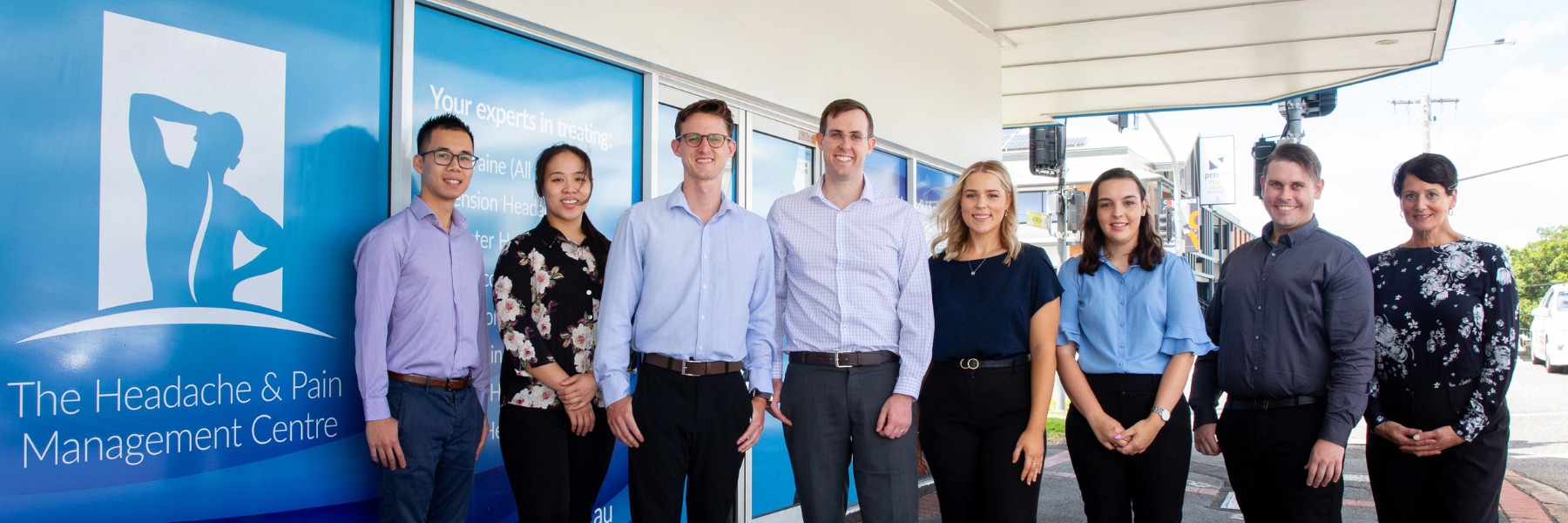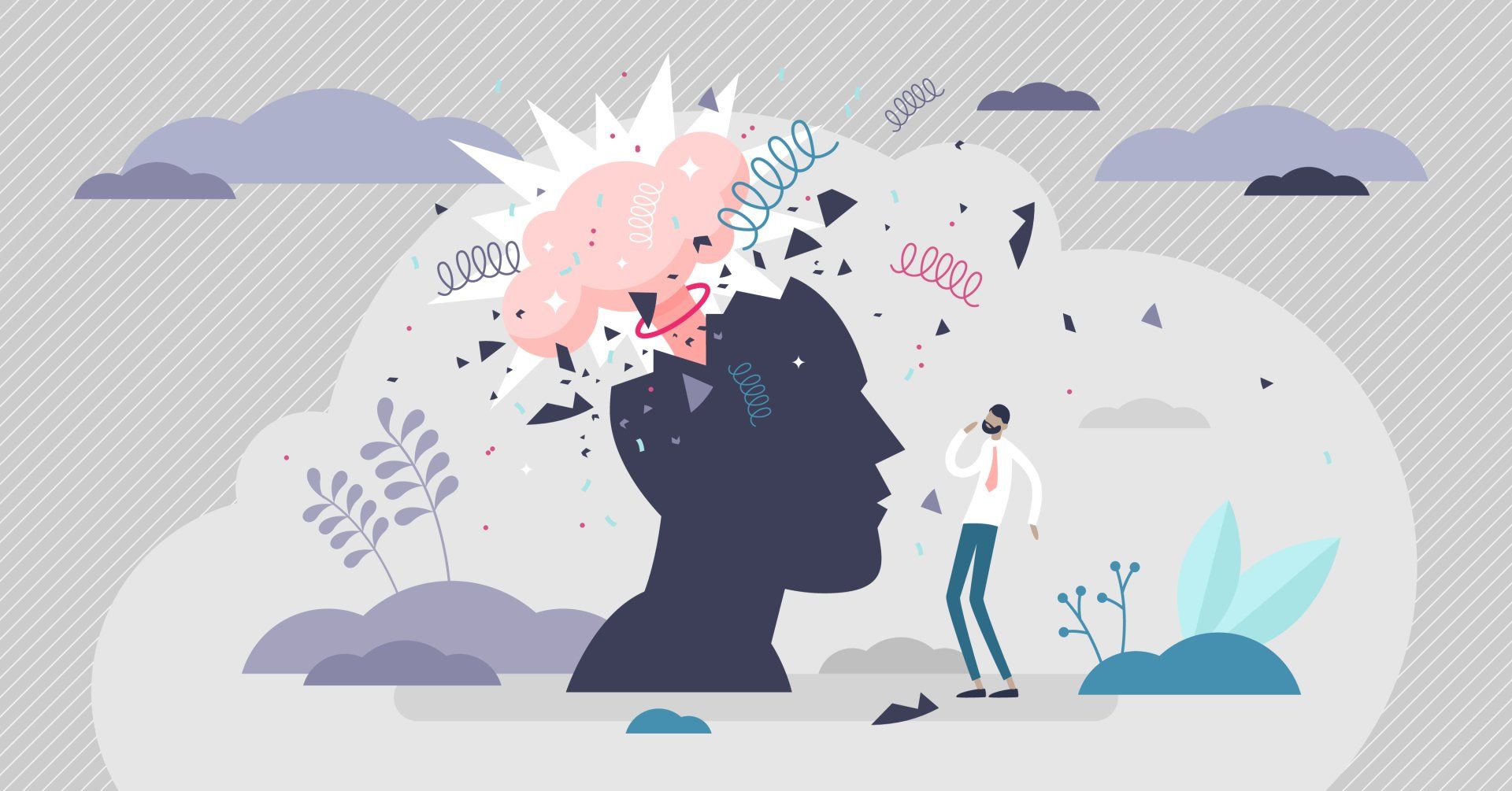All about Cluster Headache and Trigeminal Neuralgia
Transcript
G'day, everybody. Chris from The Headache and Pain Management Centre here for your Thursday. It's day four of National Headache and Migraine Week, and today we're talking about evil cousins called cluster headache and trigeminal neuralgia. If you are joining us, type in below and say hello. Hope you get something out of today. I know it's a bit later than normal, but yes, it's been a very busy day.
So, yes, these two conditions are evil, okay. They often call them suicide headache, which is a very sad thing to say, but the pain is so bad that it's the worst pain imaginable. It's even been researched by this, and it's been proven in the research, people actually say this, that it's the worst pain that a human can experience.
So what are they? So these two conditions are actually what are called trigeminal autonomic cephalgias. That's what they're called. So they're different as opposed to migraines and tension type headaches. They're a special little, how can I put this, category of their own. These particular conditions are really, really nasty, and it's not just the pain, but it's also what comes with it as well.
So with cluster headache, what a cluster headache is, it's basically a knife-like pain going in behind the eye, stabs you, okay. It comes on a straightaway, there's no warning sign. Some people are lucky enough to get maybe a couple of minutes, that know it's coming on, and bang, right in the back of the eye. It feels like a huge stabbing pain.
Now what happens with this, and it's different to other types of headache, is that it actually comes on in clusters. So what you can have is a few months off without having it, and then you actually have them for six to eight weeks, and then they're gone as fast as they came. But through that six to eight weeks, what happens is that you get these headaches for 15 minutes straight, right, six to eight times a day.
So you can be sitting there doing nothing, then all of a sudden, bang, right in the eye, stabbing pain in behind the eye. Runny nose sometimes. You can have a red, puffy eye. Often your eye can droop. You can have a sinus blockage, or sinus running, and at times, it can even go up and over your head, but more often, in behind one eye.
Now these things are really, really painful, and instead of ... you can know that you might have one of these because you actually, instead of wanting to go to bed like a migraine sufferer, what you want to do is hold your head, and pace around, and get angry and frustrated because it's so painful. It's a different part of the brain that actually lights up when this happens. So that's the first thing, so that's cluster headache.
The second one is its baby cousin. Well, it's not really a baby cousin, as much as the evil cousin, because this is really, really nasty as well. It's called trigeminal neuralgia, and what that is, is it's pain that comes down your face, that affects the trigeminal nerve. So it's excruciating pain that comes down the side. It's like a zap or zing. It's really difficult to touch your face, it's so sensitive. Your nose can run. You can't even chew. You can't talk. You can barely even blow your nose.
It's really, really nasty, and if you know someone who's got this, it is evil, and they will tell you all about it. Now this one, this can go on, it can be in spikes, it can shoot, it can just go zap into your face, or it can be constant. We've seen different types of people that have been doing that, that have those conditions in the clinic. They're really, really nasty to get.
Now, the good news is about these two conditions, okay. Now what happens when you usually get treated with this is that you've got really heavy duty medications to take this, brain-bending, mind-altering drugs, often nerve drugs, to try to calm the pain down. But what we're finding is that it's actually all part of the same system that supplies headache, and migraine.
Now, we're not entirely sure why it does this on certain people, why it's not just a neck pain or a certain type of headache or migraine, but it gives you this zapping, shooting, stabbing, eye-running feeling. We're not entirely sure why that is yet, but what we do know, and what the evidence is suggesting, is that it's all to do with that sensitization at the back of the brain, so bottom of the brain, top of the spinal cord, which is the same as other headache and migraine conditions.
The point this is saying that the upper neck can actually cause this to happen. Okay. So you may not have heard this before, but the upper neck can actually shoot pain into the face like I was describing just before. So in behind the eye, into the face, even though it's not directly linked to the neck. So it doesn't hurt in your neck, but it can shoot pain into your eye and into your face.
Now, if you've got cluster headache, if you got trigeminal neuralgia, we know that you've probably been everywhere. You've been to the neurologist. You've had the oxygen treatment. You've had all the heavy duty drugs. If it's not working and you're not happy, then it's really, really important to get your neck checked, because what we often find, if there's a problem with the joint in your neck on the same side as where you're getting your pains [inaudible 00:04:39].
Sorry, we just lost connection there for just a second. But basically, yes, get that checked out. Have your neck checked on the same side, because it is often a joint that is an issue, going and referring the pain into the face and into the eye as well. If you are suffering cluster headache or TN, and you're wanting a bit more information, just type in what you have, either cluster or TN, and that will give us a bit of an idea to send you some information about that, and how it is we might be able to help, and perhaps even start a conversation on the Messenger as well.
I've got a few things to do now. I'm actually here with a meeting that's about to start after hours, but it's been really good joining you once again. Tomorrow what we'll be talking about is the treatment. So the last day of National Headache and Migraine Week, talking about the different treatments that can be offered, which are drug-free and you can do which is not painful, it's not invasive, there's no surgery, but treatments that you can do to help with headache, migraine, cluster headache, TN, and other headache conditions we've spoken about this week.
Hope you're having a good night. Contact us here to see if there is anything we can do to help out. We'll see you then. Bye for now.
Could your cluster headache or trigeminal neuralgia be coming from your neck?Find out by taking our 2 minute online test.










